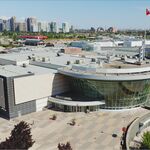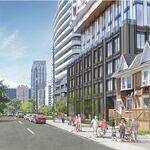AlvinofDiaspar
Moderator
And the density of NYC roads and avenues (not to mention transit) doesn't compare to the said area of Toronto.
Considering the fact that I can see quite a bit of green space, single detached housing and a relatively small high rise office population, so it shouldn't compare - which is exactly my point - to argue that somehow narrowing by one lane Jarvis is somehow comparable to removing an entire avenue in New York without taking into account how densely the space is used is, for the lack of a better word, a joke.
AoD
















